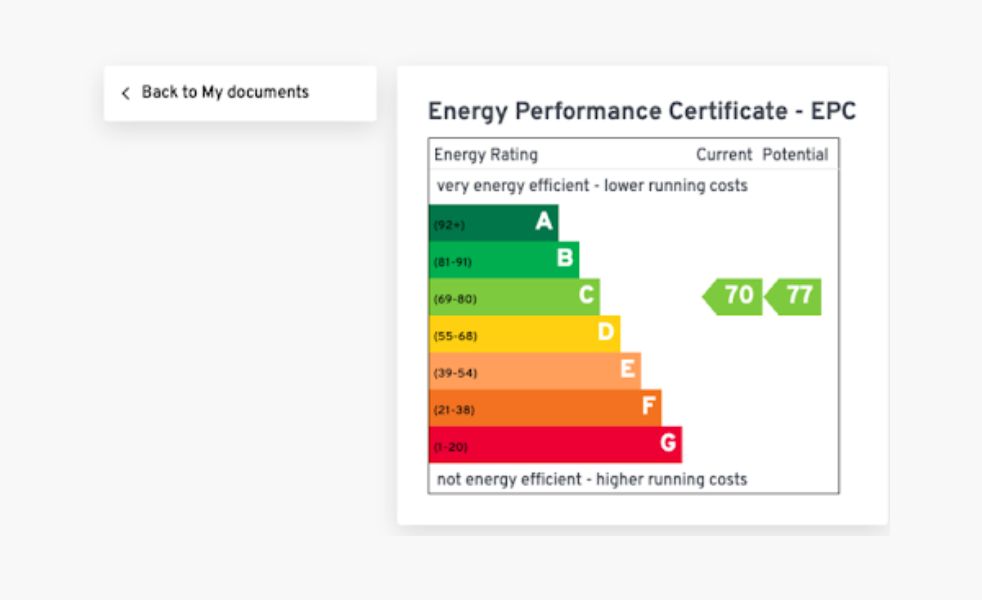Blog Post - Embracing Carbon-Zero Housing: Pros and Cons for Residents and Housing Associations
Description
Governments worldwide are taking ambitious steps to combat the environmental crisis, and one significant aspect of this effort is transitioning to carbon-zero housing.
Published
25th October 2023
Author
Simon Wilkes
Read time
5 minutes
The global community currently faces one of its most pressing challenges — climate change. Governments worldwide are taking ambitious steps to combat this crisis, and one significant aspect of this effort is transitioning to carbon-zero housing. Despite the obvious environmental benefits, there are significant potential impacts on housing residents and the housing associations that manage these new carbon-zero properties.
Pros for Housing Residents:
Reduced Utility Bills: Carbon-zero housing is designed to be highly energy-efficient, which means residents can expect lower utility bills. Energy-saving features like improved insulation, solar panels, and efficient heating systems translate into more money in residents' pockets.
Comfortable Living Spaces: These housing units often come equipped with state-of-the-art ventilation and insulation systems, ensuring a comfortable indoor environment throughout the year. Residents will experience fewer drafts and temperature fluctuations.
Better Health: Improved indoor air quality and reduced exposure to pollutants can lead to better health outcomes for residents. Carbon-zero housing prioritises air filtration and circulation, making it ideal for individuals with respiratory conditions.
Environmental Consciousness: Residents living in carbon-zero housing can take pride in reducing their carbon footprint. This sense of environmental responsibility can contribute to a greater community spirit and shared values among neighbours.
Government Incentives: Many governments offer incentives, such as tax credits or grants, to homeowners and landlords who invest in carbon-zero housing. This can further reduce the financial burden on residents.
Cons for Housing Residents:
Transition Period Challenges: Residents may need to adapt to new technologies and systems, which can initially be confusing or challenging. Learning to use and maintain energy-efficient appliances and heating systems may require some time and effort.
Maintenance Complexity: With the incorporation of advanced technology, residents may encounter more complex maintenance and repair issues. Understanding and troubleshooting these systems can be a learning curve, and can come with unexpected costs.
Limited Housing Availability: The transition to carbon-zero housing is an ongoing process, and not all housing units may be immediately available. This can lead to increased competition and wait times for those seeking eco-friendly housing.
Now, let's shift our focus from discussing the advantages and disadvantages of carbon-zero housing for tenants to examining the benefits and drawbacks of such housing solutions for housing associations. This change in perspective allows us to consider the broader implications and challenges that housing associations face when adopting carbon-zero initiatives.
Pros for Housing Associations:
Government Funding: Housing associations stand to benefit from increased government funding for climate-friendly heating systems and energy efficiency measures. This financial support can help them implement sustainable upgrades without straining their budgets.
Positive Public Image: Embracing carbon-zero housing initiatives can improve the reputation of housing associations. Being environmentally responsible and providing energy-efficient housing can attract more tenants and investors.
Reduced Operating Costs: Over time, carbon-zero housing can result in reduced operating costs for housing associations. Lower utility bills and less frequent maintenance can lead to significant savings.
Compliance with Regulations: Many countries are tightening regulations related to energy efficiency and carbon emissions. Housing associations that transition to carbon-zero housing early will be well-positioned to comply with future regulations.
Long-Term Sustainability: Carbon-zero housing is an investment in long-term sustainability. Housing associations can ensure the viability and desirability of their properties for decades to come.
Once a job has been reported, optimising the scheduling of reactive appointments against a backdrop of increased compliance and planned maintenance visits has become a far greater effort. Very few Social Landlords with field services (DLO or contractor) find it possible to optimise appointments without simply filling the ‘white space’ in their field operatives’ diaries.
Cons for Housing Associations:
Initial Investment: While government funding helps, the initial investment in retrofitting existing housing or constructing new carbon-zero housing can be substantial. Securing, financing and managing the construction process can be complex.
Maintenance Challenges: Housing associations may face challenges in maintaining and repairing the advanced technologies and systems included in carbon-zero housing. This may necessitate additional training and resources.
Tenant Education: Housing associations may need to invest in educating tenants about the new technologies and energy-efficient systems. This can be costly in both time and money, and requires ongoing communication efforts and cooperation from tenants.
Conclusion
As the world strives to combat climate change, carbon-zero housing emerges as a promising solution. While there are both pros and cons for residents and housing associations, the long-term benefits, such as reduced utility bills, improved health, and environmental responsibility, are compelling. The transition to carbon-zero housing may require some adjustment, but the positive impact on the environment and society as a whole is undeniable.
At Active Housing, we understand the changing landscape of housing management. With the shift towards carbon-zero housing, housing associations may face new challenges in managing repair requests and providing transparency to residents. Our Active Diagnostics product is designed to streamline repair requests, making the transition to eco-friendly housing smoother for both residents and associations. Whilst our Active Portal product can provide more transparency to residents such as property health information and EPC ratings.

(Photo: A screenshot of the Energy Performance Certificate (EPC) ratings that can be seen within Active Portal)
Find out more about our award-winning solution by clicking here.

